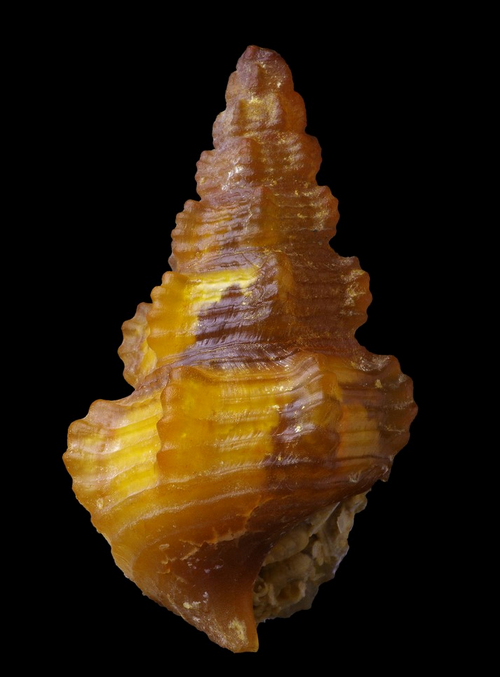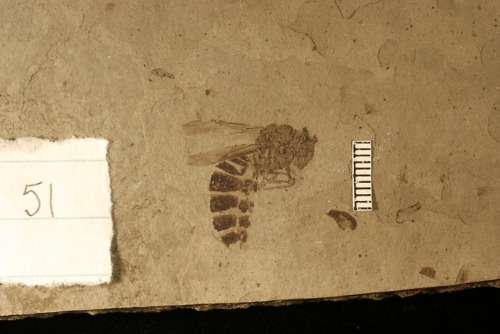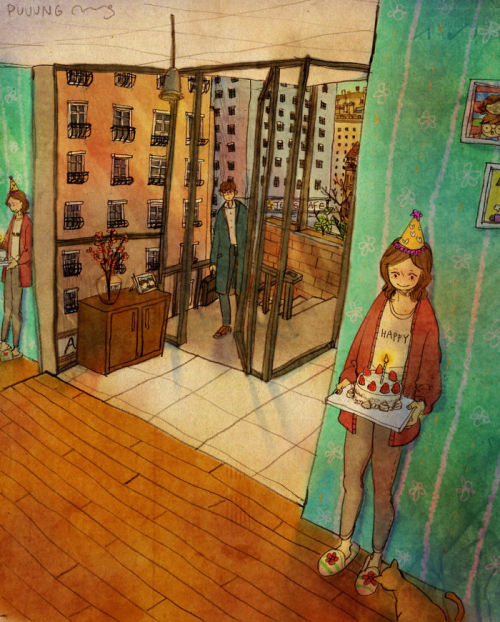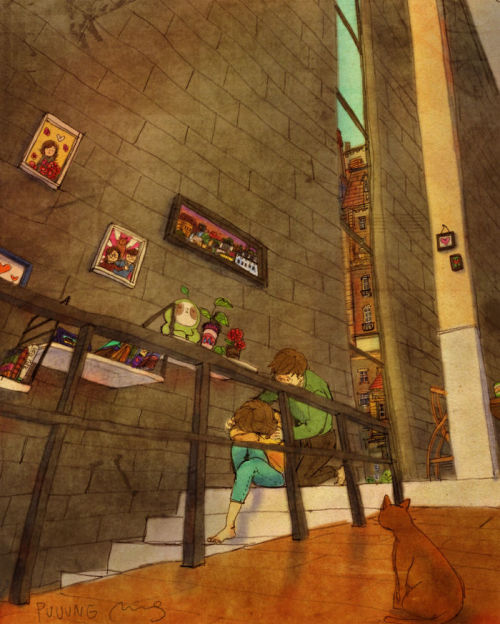Cute Animals ♥

Cute animals ♥
More Posts from Iphleandro-blog and Others

Agatized Cerithium (Eocene) - Assa, Morocco

Palaeovespa florissantia This exceptionally preserved 34 million year old wasp was found and identified in what is today Florissant Fossil Beds National Monument in Colorado. This species is a member of the same family of life that today also contains hornets and yellow jackets. The incredible preservation of this insect is one example of the fossils found in Eocene aged lake sediments in this part of Colorado (https://tmblr.co/Zyv2Js296djPx). The area was heavily picked over for fossils prior to establishment of the National Monument and there were even attempts to establish housing developments on the site before it received protection. Today this insect is pictured in the logo of this monument and shots of it can be found around the parking lots at the site. -JBB Image credit: NPS http://bit.ly/2nYZwga References: https://www.revolvy.com/page/Vespinae http://bit.ly/2N9jn7k
Apparently, Luzia’s section of the museum is ruined.
She was a fossil known as “the first brazilian”, because hers were the oldest homo sapiens remains found in brazilian soil. Her skull was discovered in Minas Gerais in the 70′s and anyone who visited the national museum from the 80′s until now has seen her face.
Descanse em paz, mais uma vez, Luzia.











“Love Is” In Small Things
smithsoniannmnh When calcium leached out from this scallop some 40 million years ago, it formed a halo that solidified the sediment around it. Unearthed in Washington state, the specimen now resides in our research collections. Happy #FossilFridayfrom our Department of Paleobiology and @SIxDIGI, who are well on their way to digitizing #1MillionFossils!


Want her waist

Glacial Striations and Stromatolites and Geology, oh my!
This photo is a two-fer: two awesome geology features in one! On the surface of this rock you will notice faint lines that stretch from the lower left hand corner of the image to the upper right hand corner. These lines are called glacial striations and they form as a glacier scratches the rock surface as it moves.
The rock surface that was scratched by the moving glacier represents an entirely different time, waaay before the glaciers, when stromatolites dotted the shoreline of an ancient water body that covered Montana. The circles that you see in the rock are the tops of stromatolites, formed by ancient cyanobacteria.
A great place to see stromatolites and striations is on the Grinnell Glacier Trail. For your best chance of seeing these features free of snow, try hiking the trail in late July or August. NPS Photo
[Image Description: Lines and circles etched into a rock surface.]



LEGO Nautilus, Ammonite, and Trilobites
Created by Tim Goddard
-
 westanboo liked this · 2 years ago
westanboo liked this · 2 years ago -
 iphleandro-blog reblogged this · 6 years ago
iphleandro-blog reblogged this · 6 years ago -
 bikiche liked this · 7 years ago
bikiche liked this · 7 years ago -
 mid-westified liked this · 7 years ago
mid-westified liked this · 7 years ago -
 leader-of-the-landslide liked this · 7 years ago
leader-of-the-landslide liked this · 7 years ago -
 batswithsplinters liked this · 7 years ago
batswithsplinters liked this · 7 years ago -
 magic-soaked-spine reblogged this · 7 years ago
magic-soaked-spine reblogged this · 7 years ago -
 darknerddinosore reblogged this · 7 years ago
darknerddinosore reblogged this · 7 years ago -
 kurisu-ishi liked this · 7 years ago
kurisu-ishi liked this · 7 years ago -
 sundearling reblogged this · 7 years ago
sundearling reblogged this · 7 years ago -
 lemontrassh liked this · 7 years ago
lemontrassh liked this · 7 years ago -
 ohgege liked this · 8 years ago
ohgege liked this · 8 years ago -
 thats-sad-i-know reblogged this · 8 years ago
thats-sad-i-know reblogged this · 8 years ago -
 travlskonecny liked this · 8 years ago
travlskonecny liked this · 8 years ago -
 bevalasvegas liked this · 8 years ago
bevalasvegas liked this · 8 years ago -
 kittimeforme reblogged this · 8 years ago
kittimeforme reblogged this · 8 years ago -
 alviquing-blog liked this · 8 years ago
alviquing-blog liked this · 8 years ago -
 ladynightmare913 liked this · 8 years ago
ladynightmare913 liked this · 8 years ago -
 mjthetransguy2-blog reblogged this · 8 years ago
mjthetransguy2-blog reblogged this · 8 years ago -
 kpop-nado liked this · 8 years ago
kpop-nado liked this · 8 years ago -
 todays-poison liked this · 8 years ago
todays-poison liked this · 8 years ago -
 rileyrain-blog1 liked this · 8 years ago
rileyrain-blog1 liked this · 8 years ago -
 ignasss liked this · 8 years ago
ignasss liked this · 8 years ago -
 justiceinentity liked this · 8 years ago
justiceinentity liked this · 8 years ago -
 planecat7 liked this · 8 years ago
planecat7 liked this · 8 years ago -
 cunningarborist reblogged this · 8 years ago
cunningarborist reblogged this · 8 years ago -
 senna7 liked this · 8 years ago
senna7 liked this · 8 years ago -
 sleepaddict liked this · 9 years ago
sleepaddict liked this · 9 years ago -
 ash-than-blog reblogged this · 9 years ago
ash-than-blog reblogged this · 9 years ago -
 lunaticsrickrack liked this · 9 years ago
lunaticsrickrack liked this · 9 years ago -
 lindyboplove reblogged this · 9 years ago
lindyboplove reblogged this · 9 years ago -
 frozenghostt liked this · 9 years ago
frozenghostt liked this · 9 years ago -
 frozenghostt reblogged this · 9 years ago
frozenghostt reblogged this · 9 years ago -
 metalbitch-18 reblogged this · 9 years ago
metalbitch-18 reblogged this · 9 years ago -
 nrk0408 liked this · 9 years ago
nrk0408 liked this · 9 years ago -
 moriayamina reblogged this · 9 years ago
moriayamina reblogged this · 9 years ago -
 ti-htrow-yletinifed-er-uoy reblogged this · 9 years ago
ti-htrow-yletinifed-er-uoy reblogged this · 9 years ago